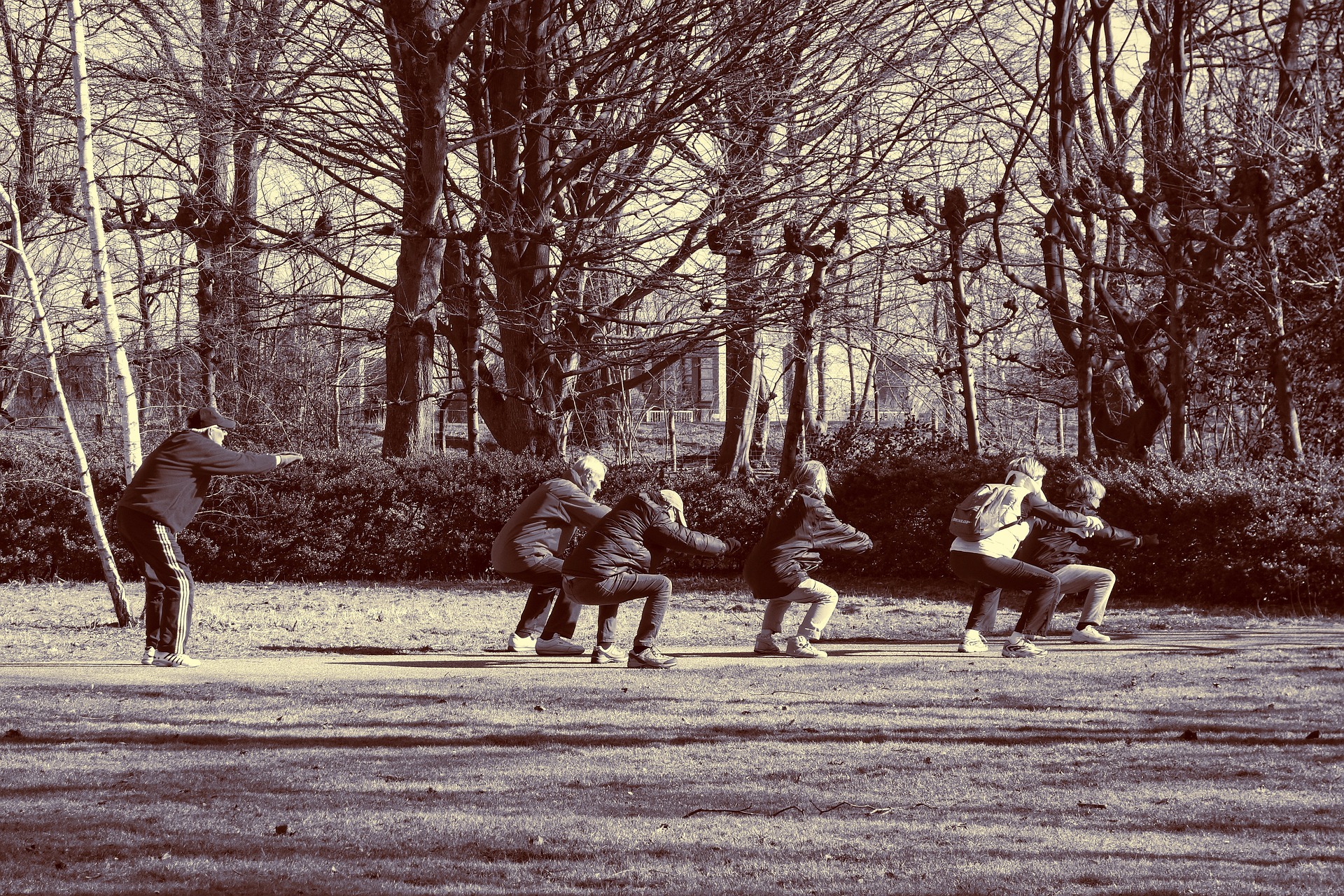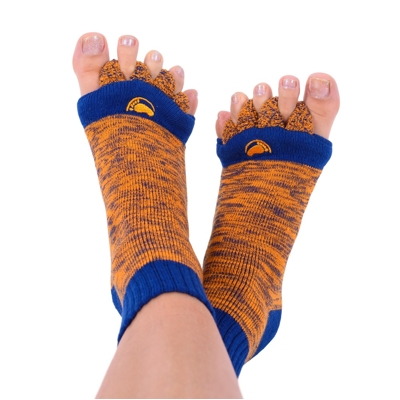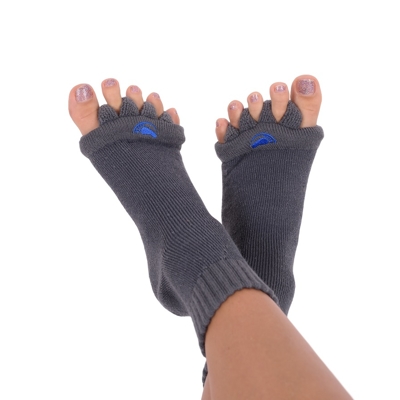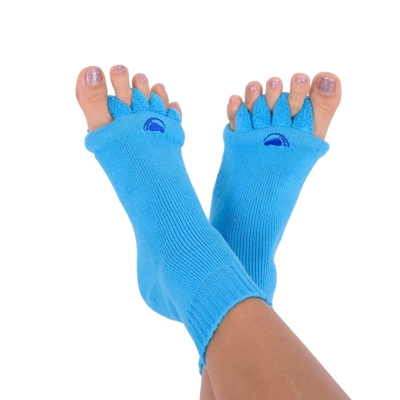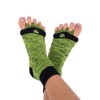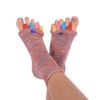The deep squat is the key to natural health and mobility. Can you do it?
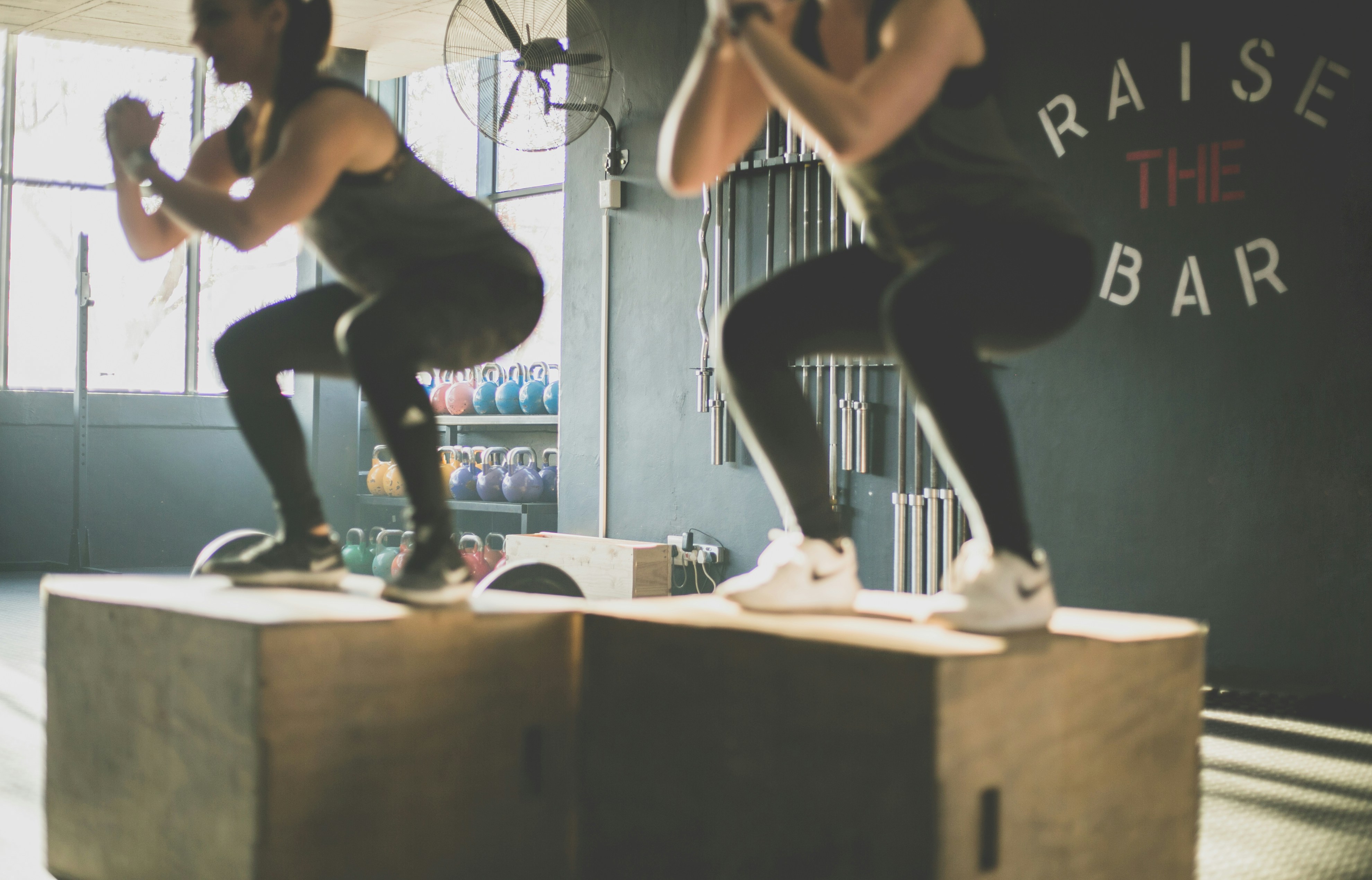 The deep squat is a movement pattern that can be mastered by anyone from childhood onwards. Yet over time, mainly due to lack of exercise in adulthood, many people lose this ability. Yet a deep squat is one of the most natural and healthy postures for the body. It has a number of health benefits and can help you maintain or improve your overall mobility and health.
The deep squat is a movement pattern that can be mastered by anyone from childhood onwards. Yet over time, mainly due to lack of exercise in adulthood, many people lose this ability. Yet a deep squat is one of the most natural and healthy postures for the body. It has a number of health benefits and can help you maintain or improve your overall mobility and health.
Why should you know how to do a deep squat?
A deep squat should be a natural position, one in which you can comfortably enjoy a snack or merely "sit around". A healthy body should be able to handle this position easily and without any pain. Yet many people find getting into this position challenging or even unimaginable.
How does a deep squat benefit you? One thing is that it will improve your joint mobility, especially your ankles, hips or knees. It will also make your muscles and tendons more supple, making you more flexible and strengthening your leg muscles. A deep squat also has an effect on stability and balance. When you perform a deep squat correctly, you are engaging, among other things, the muscles of your core.
However, a deep squat also has other health benefits you might not have imagined. When you’re in a deep squat, your spine is straight, which exerts an adequate load on your intervertebral discs and keeps them flexible and healthy. This can prevent the back pain that may be associated with sedentary jobs. Sitting for long periods in an awkward position can also restrict your mobility and the vascular blood supply to the organs in your abdominal cavity. This can result in digestive problems or constipation, for example. Doing squats can have a positive impact on these bodily functions.

The right way to do a deep squat
You might find this a challenge. Or you might not. It depends on your mobility and how well "trained" your body is for a deep squat. What you should focus on when doing a deep squat is…
The proper positioning of the legs is essential. Choose the stance width that feels good for you. For most people, it works to have their legs set at the width of the pelvis to the shoulders. Keep your toes slightly turned out. Another key factor is the posture of your back. Keep your spine straight and activate your abdominal muscles so your body doesn't bend too much at the hips. Then focus on the depth of the squat. Try to go as low as possible in a fluid motion without lifting your heels. Ideally, get your hips below the level of your knees. Can you all this at the same time? If so, you've done it.
But if you're struggling to do a proper deep squat, you can start by using some support. You can hold on to something like a chair, ladder or other furniture as you squat. You can also add a small wedge under your heels to help keep your ankles steady and mobile. Another option is to use a chair, plyo box or other aid that you can sit on, as it were, during the squat to make sure you don't get lower than your body can handle.
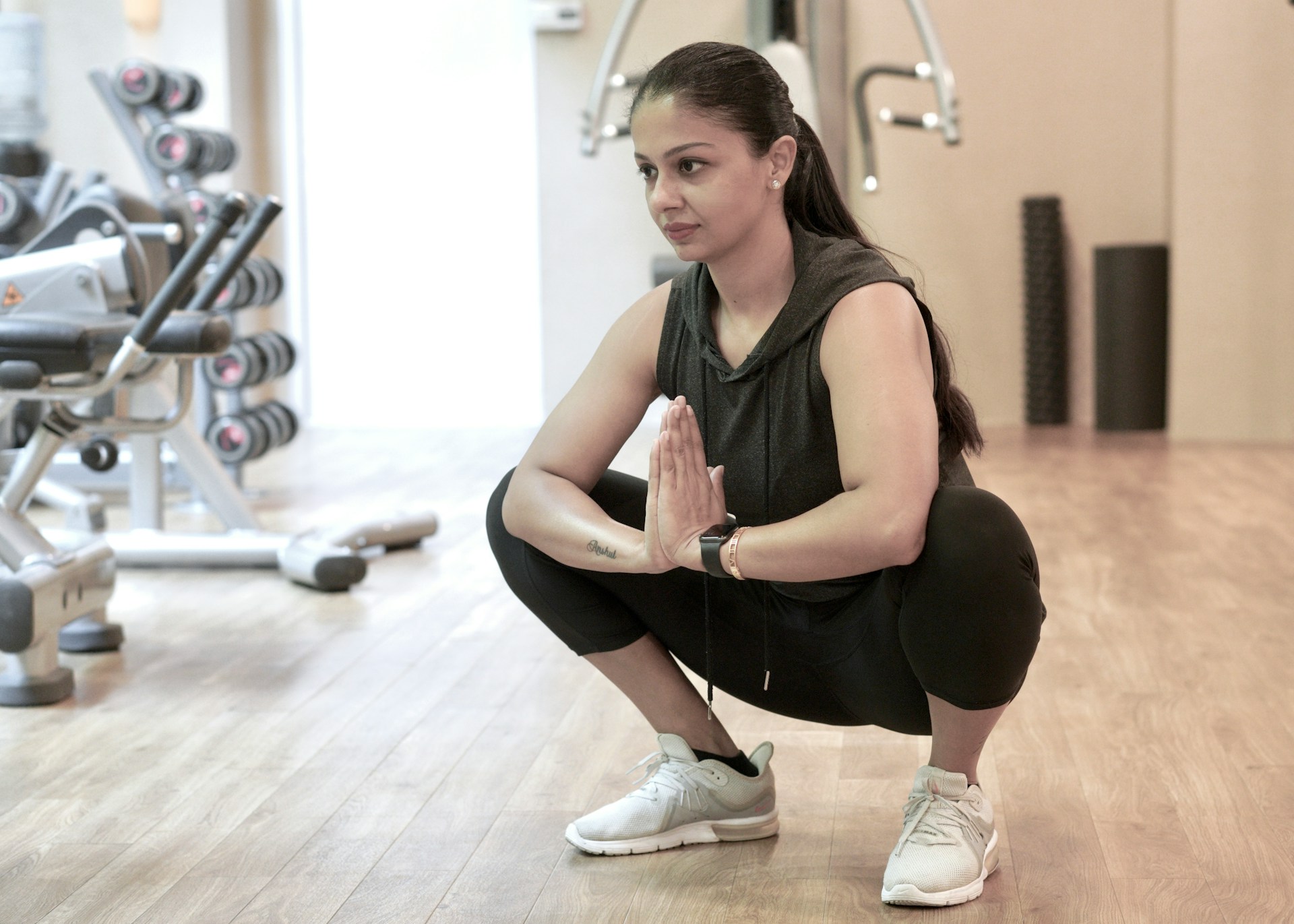
Tips on how to make a deep squat part of your daily routine
In order to perform a deep squat properly, you just have to practice it. Unfortunately, there are no shortcuts to this. Make the most of short breaks from work and try to spend a few minutes doing a deep squat as well as some stretching. Or incorporate a short stretching session into your daily routine and do a few squats, emphasising slow and fluid movements, perhaps first thing in the morning when you wake up.
You can also add a deep squat to your warm-up before sports or exercise. This will get you moving, as a means of limbering up for fitness, running or even ball sports. It will also help you reduce the risk of injury. And if you put on the Foot Alignment Socks for a few minutes beforehand, you will help loosen up your feet and increase blood circulation, making the exercise easier.
The deep squat is a natural movement that almost anyone should be able to do with a little practice. It not only helps you strengthen the whole of your legs and core, but also keeps your body supple and fit. And this is especially important as you get older.
